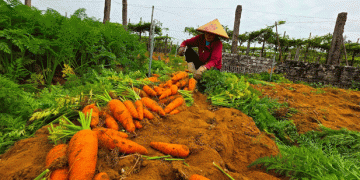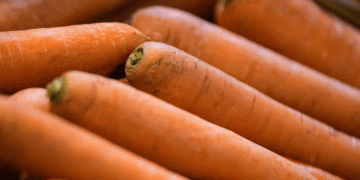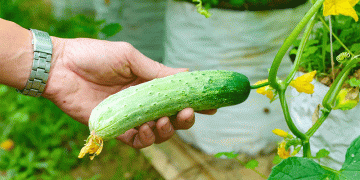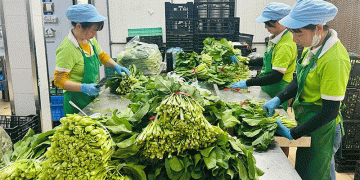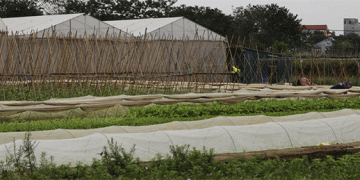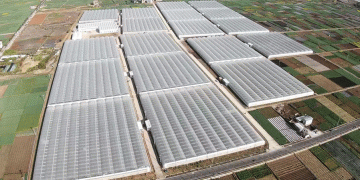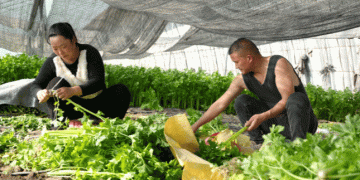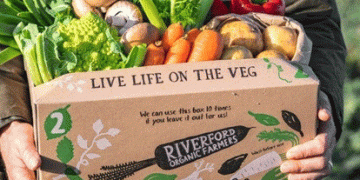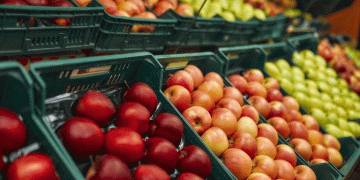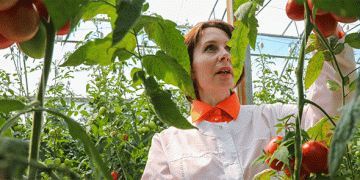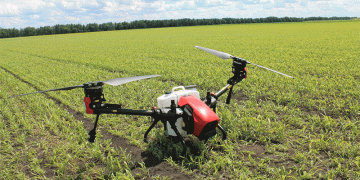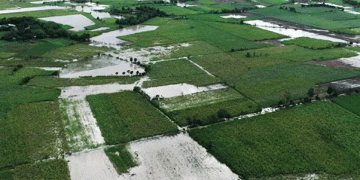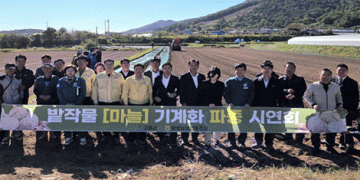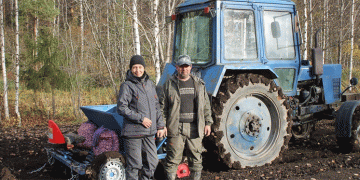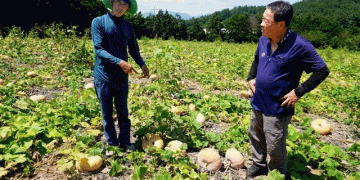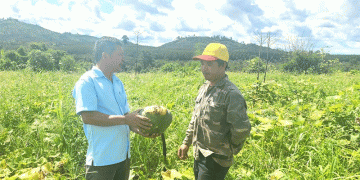In a paradox that highlights the fragility of agri-food markets, farmers in Quỳnh Liên commune, Hoàng Mai Town (Nghệ An province, Vietnam) are experiencing financial losses from a bumper carrot harvest, despite producing certified VietGAP vegetables and OCOP 3-star products. As the 2025 carrot season comes to an end, prices have plummeted from 12,000 VND/kg before Tết (Lunar New Year) to as low as 500 VND/kg — a drop of over 95%.
Oversupply and Market Saturation
According to Mr. Nguyễn Văn Thuyết, agriculture officer in Quỳnh Liên, the commune currently grows carrots on approximately 120 hectares, with yields ranging from 50 to 60 tonnes/ha. Farmers like Hồ Văn Tình, who cultivated six sào (approximately 2,160 m²) of carrots this season, reported yields of 5.5 tonnes per sào, equivalent to 55 tonnes/ha.
However, the market situation is grim. Due to a glut of supply after Tết, combined with limited local processing and export demand, prices have collapsed. While select carrots are still accepted by traders and supermarkets, these buyers require:
- Uniform root size (typically 4–6 carrots per kg),
- No cracks, blemishes, or deformities.
Unfortunately, as harvests were delayed and many carrots became “overgrown” (2–3 carrots per kg), large volumes became unsellable to formal buyers. These oversized carrots are now sold for 100–200 VND/kg to deer farms as animal feed, while carrot tops are used as green manure or cattle fodder.
Quality Certifications Offer No Market Shield
Ironically, Quỳnh Liên’s carrots have been cultivated under VietGAP standards since 2017 and were officially recognized in 2023 as 3-star OCOP products (One Commune One Product) — a national program that highlights high-value, regionally specific goods.
Yet these credentials haven’t protected farmers from volatile prices. Without diversified market channels, value-added processing, or export agreements, even certified quality cannot ensure profitability.
Lessons from the Field
The crisis in Quỳnh Liên echoes similar situations across Southeast Asia, where:
- Lack of post-harvest infrastructure (sorting, cold storage, processing),
- Over-reliance on a narrow set of buyers (traders or supermarkets),
- Lack of coordinated harvest timing,
…frequently lead to gluts, waste, and lost income — even in high-potential production zones.
Vietnam’s Ministry of Agriculture and Rural Development (MARD) has acknowledged that despite progress in food safety and production standards, logistics, contract farming, and market diversification remain weak links in the agri-chain.
In neighboring countries like Thailand and Malaysia, government-supported cooperatives and public-private partnerships are helping to stabilize prices by aggregating output and ensuring more consistent quality and volume for exports.
The case of Quỳnh Liên’s VietGAP carrots underscores a key lesson for modern agriculture: high yields and certifications alone are not enough. Without synchronized harvests, access to diversified markets, and post-harvest infrastructure, farmers remain vulnerable to the volatility of fresh produce markets. Long-term resilience will require stronger farmer cooperatives, digital market access, improved logistics, and smarter crop planning.
